6 Best Types Of Gravel To Walk On Barefeet
-
- Last updated:
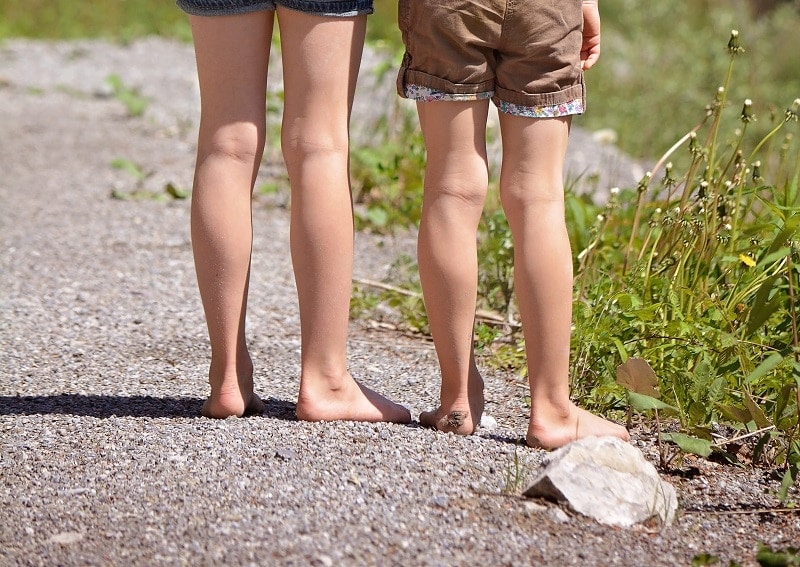
Gravel costs less than solid materials like concrete and comes in various styles and colors. It is comparatively easier to install, and in most cases, it is considered environmentally beneficial to the alternatives. The different appearance of different types of gravel allows you to select one that fits the aesthetics of your driveway or path.
Although there are many factors to consider when choosing gravel, if you enjoy walking barefoot in the garden, you will want to find gravel that is comfortable on the feet. Below are six of the best gravel types to walk on barefoot.

The 6 Types of Gravel Comfortable Enough for Barefeet
1. Polished Pebbles
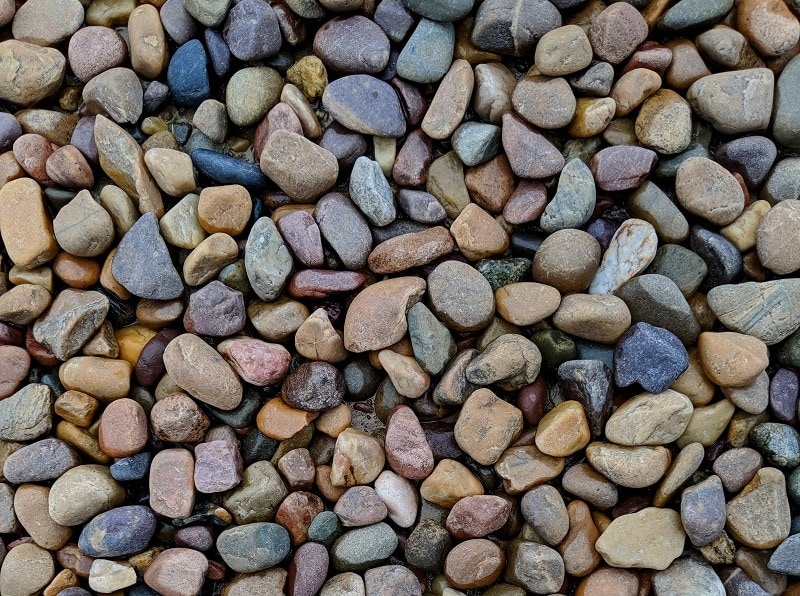
Polished pebbles are considered multipurpose since they are commonly used in gardens and potted plants. Their polished finish makes an attractive addition to formal and informal settings, and polishing the pebbles helps remove sharp edges and ensure that the gravel does not dig in and cut your feet.
The pebbles are usually coated in wax or other substance that prevents dust, and although they have this manufactured finish, they retain a natural look thanks to the variety of stones used.
- Elegant aesthetic
- Choice of colors
- Pricey
2. Beach Pebbles
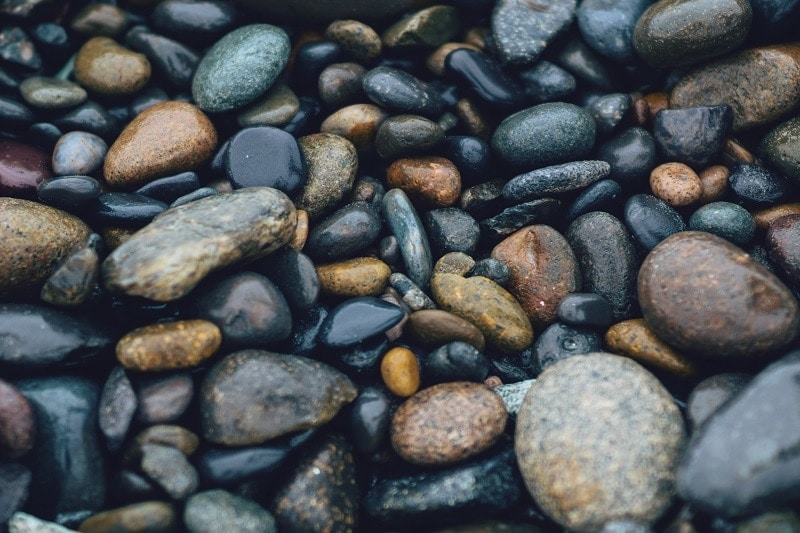
If you want an even more natural look, beach pebbles are not artificially polished or coated in wax or other material. These large pebbles are most commonly used in planters and pots but can also be used on driveways and backyards.
They typically measure around 3 inches, but some are smaller at 2 inches, and others measure as much as 5 inches. Like the polished pebbles, they usually come in a range of colors in a single batch, but you can also buy batches sorted by color. The rounded shape of beach pebbles makes them comfortable to walk on.
- Natural finish
- Less expensive than manufactured pebbles
- Can be dusty
3. River Rocks
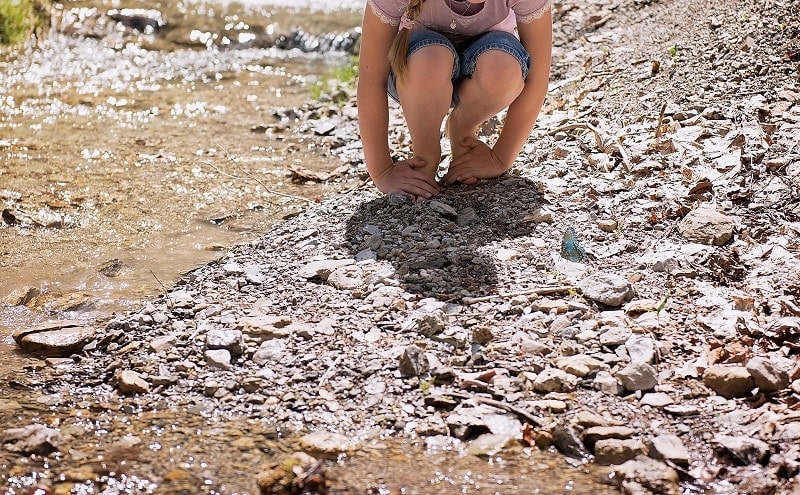
River rocks have undergone a similar process to beach pebbles. They have been washed downstream by the water and bashed against one another until the sharp edges and points have worn off. They can be highly polished or left with a natural appearance like beach pebbles. You can also find river rocks that have been colored with bright and bold finishes.
- Naturally smooth
- Natural appearance
- Expensive
4. Pea Gravel
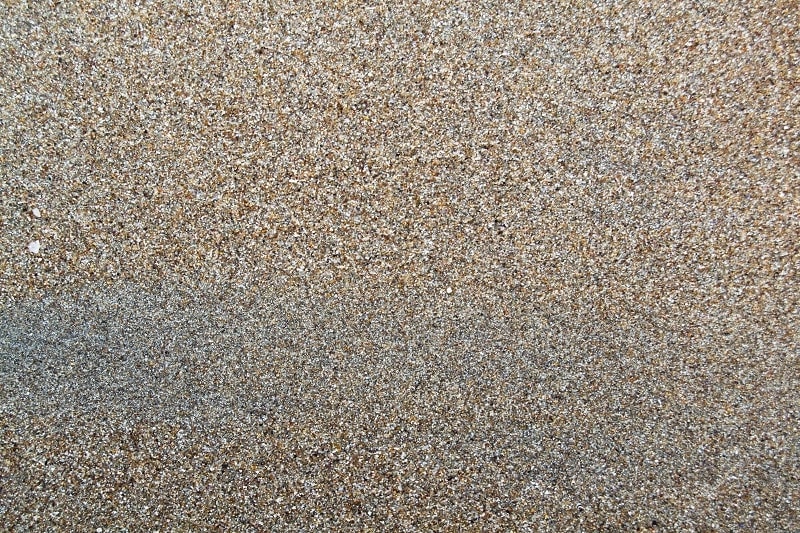
Pea gravel is commonly used for outdoor areas. As well as being used in planters, it is used between pavers and stones. They look good wet, and they look even better when they are dry. However, pea gravel has a lot of dust, so it will need washing before it can be applied to your driveway or path. Like pebbles, the colors vary, and you will usually get various hues within a single bag.
- Cheap
- Readily available
- Choice of colors and size
- Can be compacted
- Not the best-looking
- Tracks in the house
5. Crushed Granite

Granite has sharp edges, lumps, and other uncomfortable shapes. However, crushed granite can be compacted, which means that it will have a virtually flat surface and will not cause any discomfort to bare feet. The granite is intentionally crushed, and the resulting pieces are sorted by size. They may also be sorted by color, which is usually a stone or granite color, but it can vary depending on the source of the granite.
- Choice of colors and sizes
- Can be compacted
- Not as cheap as gravel
6. Decomposed Granite
Decomposed granite has been artificially crushed down to a tiny size. It is like crushed granite and comes in similar colors. Once compacted into a driveway, it is comfortable for you to walk on and equally comfortable for cats, dogs, and other pets. Decomposed granite is affordable and has a good selection of styles to match your exterior.
- Can be compacted
- Good variety
- Cheap
- Looks and is dusty

Other Factors To Consider
As well as the comfort level of gravel or other stones, there are certain factors you should take into account when choosing the right type of material for a driveway or path.
Size
Gravel, pebbles, and rocks can range from an inch to several inches. Smaller gravel tends to compact, creating a solid surface where you can walk comfortably and safely. Above all, ensure that the gravel you buy is a uniform size.
Cost
Some gravel is readily available and does not require treatment or manufacturing. This usually means that the material will be cheaper to buy. More heavily manufactured and “worked” materials cost more. Consider your budget and find gravel that doesn’t cost too much.
Color
Natural stones are stone-colored, but they can vary from a sandstone yellow to a slate gray or nearly black color. Some gravels are artificially colored so that you get bold reds and blues and other manufactured colors that can be used to create your driveway. If color matters, ensure that you choose gravel that comes in a uniform color and not a pack that includes a host of different colors.

Maintenance
Some gravels can be used immediately and look great. In particular, polished pebbles and manufactured or finished ones can be used right away. They are not covered in dust. Other natural stones may require washing before laying. The washing process removes the dust but does nothing to improve the smoothness of the finish.
Some gravel may need compacting for you to enjoy all of its benefits, which may mean it requires compacting every year. Loose gravel may need sweeping back into the location.
Tracking
One of the reasons that gravel needs to be swept back onto paths is that it can get stuck in your shoes. It can make its way onto lawns, causing mayhem with mowers.

Best Types Of Gravel For Bare Feet
Walking barefoot in the yard is a pleasure many people enjoy, but you must choose comfortable gravel that won’t cut, scrape, or dig into your bare feet. You can select soft and smooth pebbles, gravel designed for compacting, or manufactured stones that have had sharp edges removed. We’ve included six basic options above, but there are many others, including a wide variety of colors, sizes, and finishes.
- See Also: 9 Best Types of Gravel for Your Driveway (Pros & Cons)
- See Also: 6 Alternatives to Gravel Driveways: Pros & Cons
Featured Image Credit: CC0 Public Domain, pxhere
Contents

